Hey Guys,
There has been alot of talk of the dredging and sand pumping going on on at the moment. I’ve got a few notes and pictures below for eveyone to have a look at and maybe get an idea of what is going on.
As can be seen in the following shots of Burleigh The amount of sand built up around the headland and consequently on the foreshore is a cyclical phenomena that has always been happening.
The introduction of the training wall at Tallebudgera has had negligible effects on the flow of sand around the headland mainly due to the fact that the end of the wall does not extend any further east than the headland.
This wall was introduced to regulate the flow of the Tallebudgera creek, maintain the palm beach foreshore and mitigate future flooding in the creek catchment.
Tallebudgera -1977
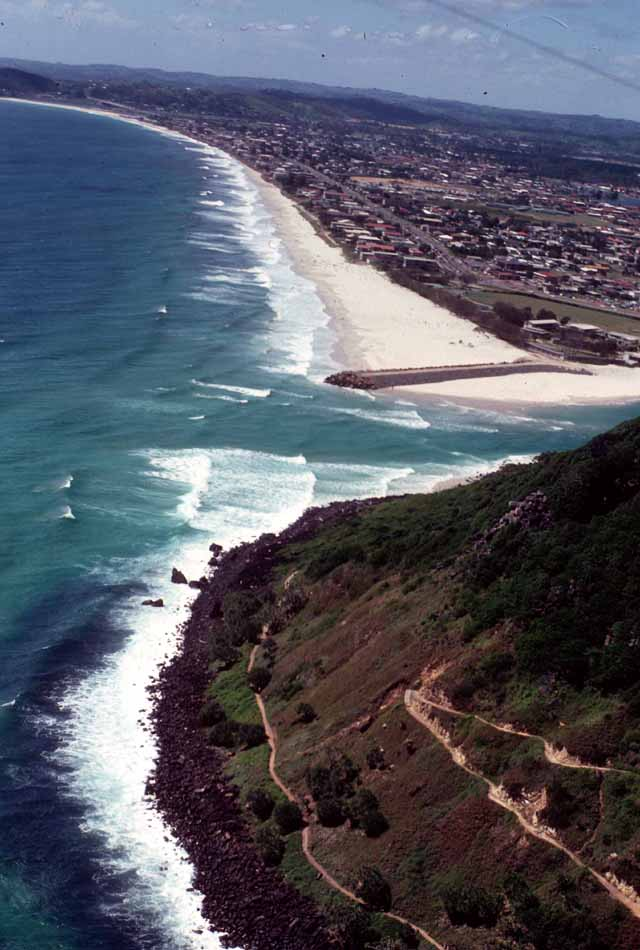
The massive build-up of sand on the outer banks at the moment is a consequence of the previous sand pumping at the Tweed and the subsequent northern littoral drift has deposited the mass of sand at the moment off Burleigh. This procession of sand occurs intermittently depending on storm conditions, river movements, etc. but in our case has been due to the large deposition of sand at the Tweed. The sand has caused larger waves to break way out on the outer banks and the rest of the time (small swell conditions) to break along the base of the headland (the rock-break). If you take a look at the most recent aerial photos (may 09) and also the photo from 1971, this phenomena can be seen in both shots.
Burleigh – 2009
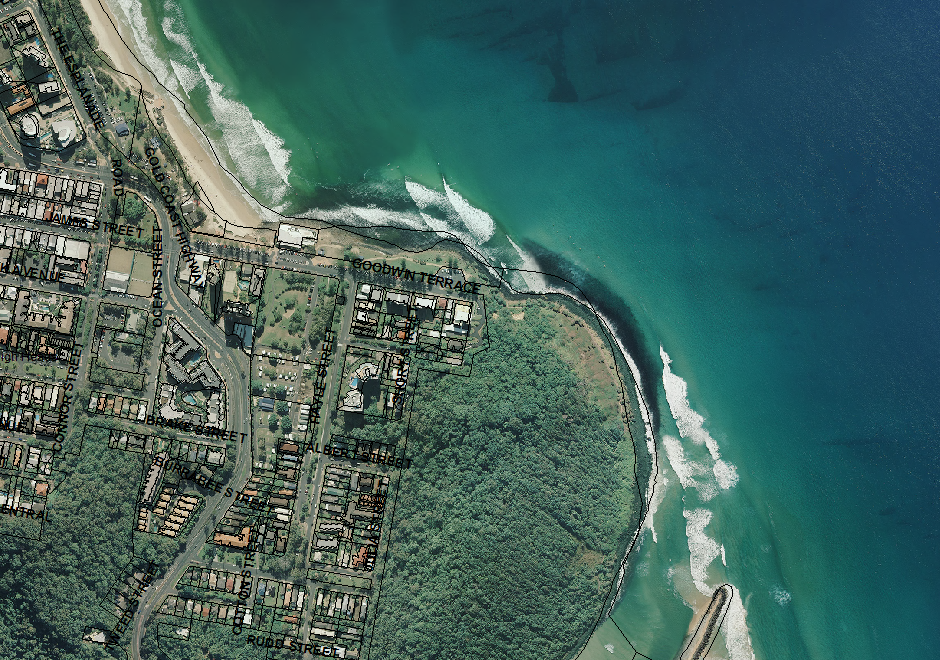
Burleigh – 1971
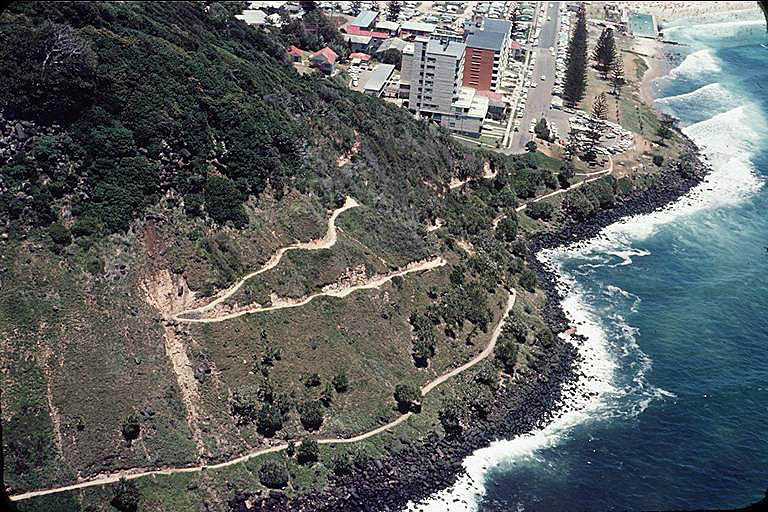
It seems to me, the optimal banks for the point occur when the creek is let flow freely, this aids in clearing those outer banks of sand when storm river flow is combining with The east Australian Current. Dredging of the Creek will not only increase water flow but will aid in removal of the sand “clogging” up the point.
Depositing the sand on the foreshore has little effect on the outer surfing banks as this sand usually makes it no further than the inshore gutter before drifting north. The optimal conditions for the point are best seen in the 2000 aerial shot:
Burleigh – 2000
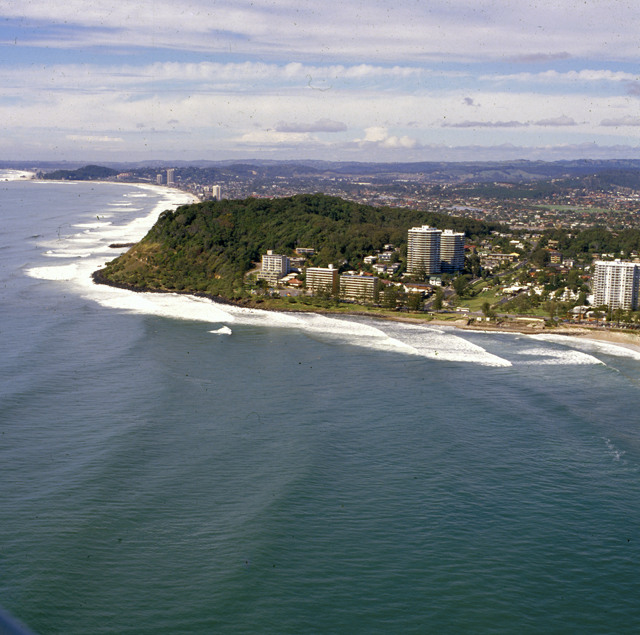
Please have a look at the following photos which shows the coming and going of sand at the point both before and after the training wall/ dredging regime were set in place. Have a look at the growing/receding foreshore in all the photos and also the flow of the creek. Also, have a read at a recent article from Swellnet relating to the similar problem at Kirra :
http://www.swellnet.com.au/surfpolitik.php?surfpolitik=An_Inconvenient_Truth_301009.php
Burleigh – 1950
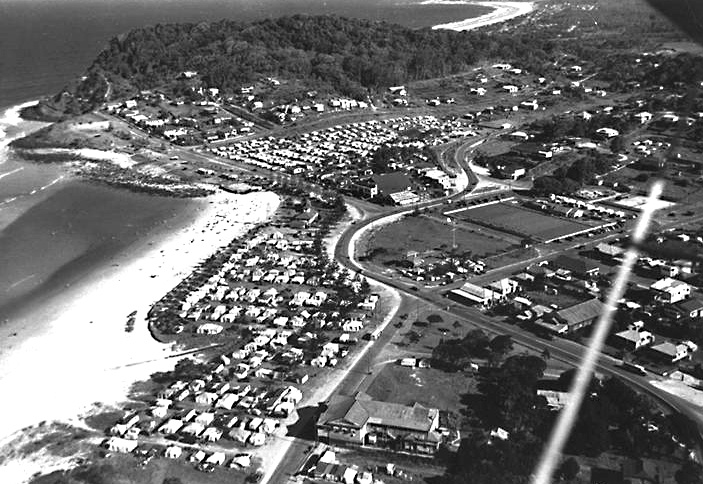
Burleigh – 1924
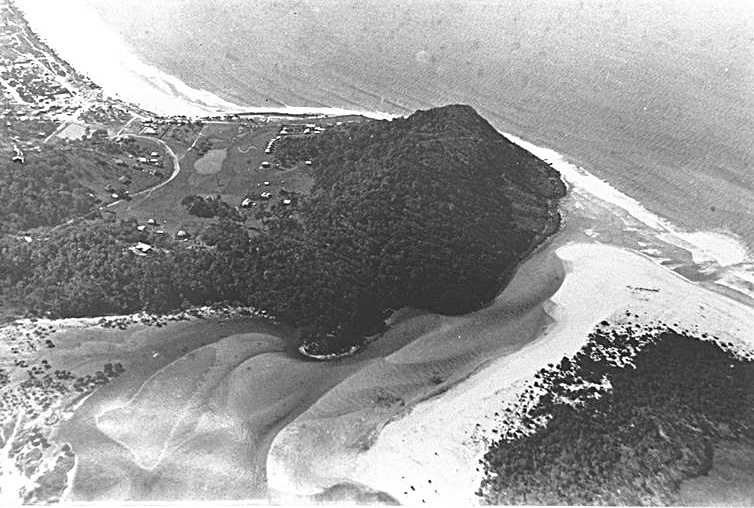
The main thing to remember here is that we are dealing with the force of the ocean, to think that we have a considerable effect over these ocean processes is quite anthropocentric. Even at the height of the Tweed sand bypassing regime. A week of non-stop pumping would not move 1/100th of the sand a cyclone and storm swell could in two days. Patience is the key here, banks come and banks go. Memorbale surfs that we have during the years make us think the point is stuffed now, however those great surfs or runs of waves that we had were not year-round when they happened wether it be the 60’s, 70’s or whenever, we tend to remember the really good days and not the preceding months of crap. Burleigh is a shifting sand point, not a reef. Some years are dominated by cyclone swells, some by groundswells and some by neither. All we can do is wait for those good days and remember them so when we get old, we can tell the next generation, “the banks are crap now….when I was younger….”
')}

thought provoking article that should make everyone realise how futile sand pumping is,and what disasters we cause when trying to change nature.